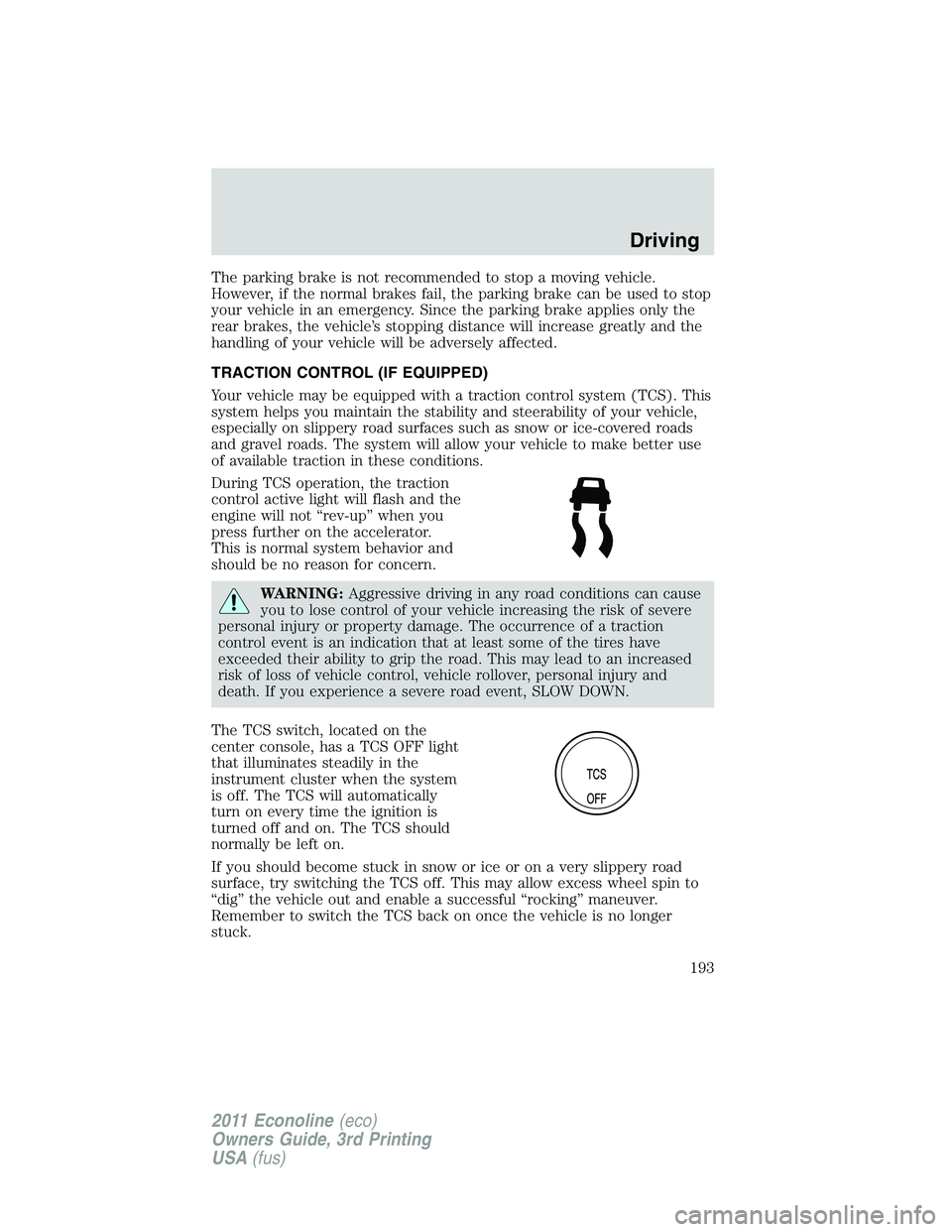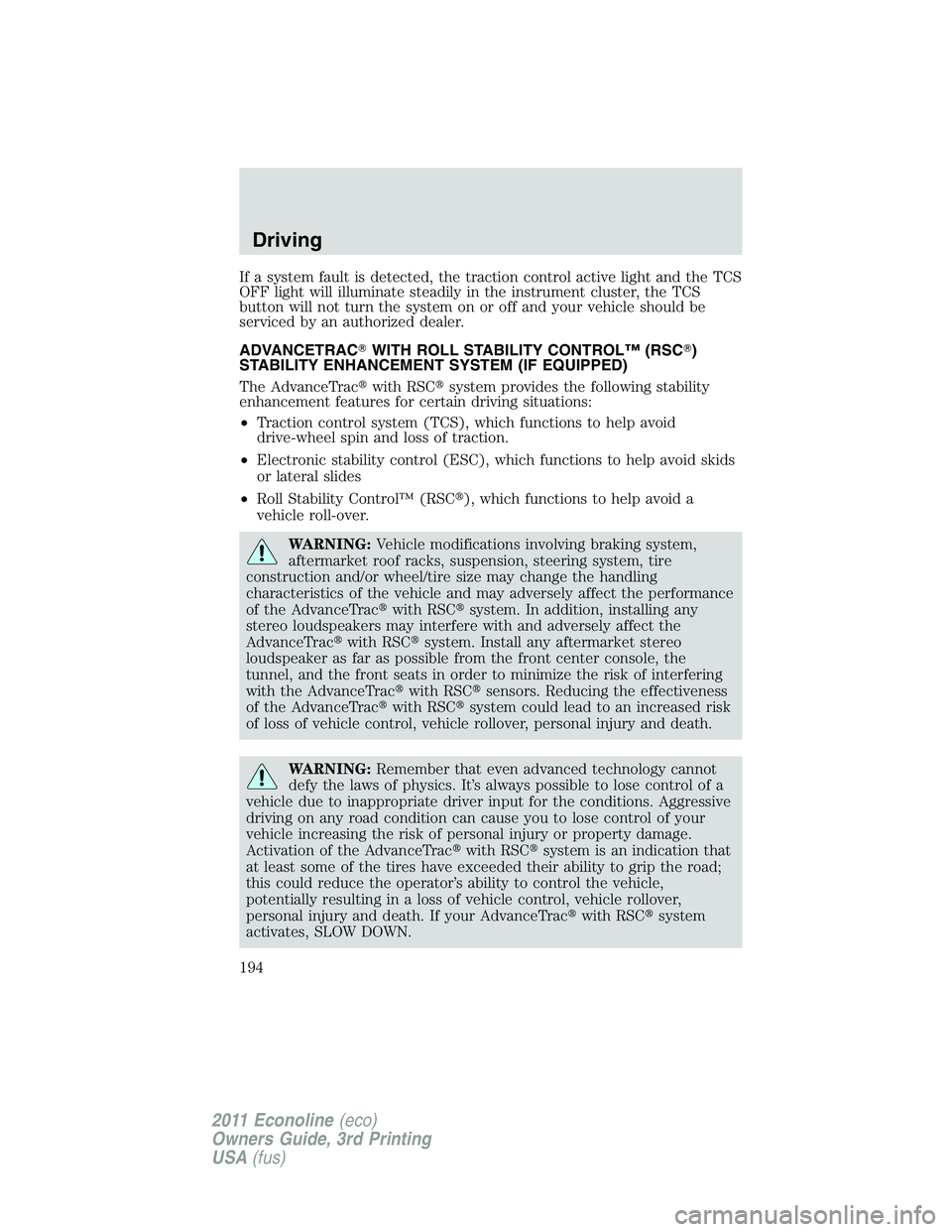Page 40 of 339

7. Adjust the sound on your portable music player until it reaches the
level of the FM station or CD by switching back and forth between the
AUX and FM or CD controls.
Troubleshooting:
1. Do not connect the audio input jack to a line level output. Line level
outputs are intended for connection to a home stereo and are not
compatible with the AIJ. The AIJ will only work correctly with devices
that have a headphone output with a volume control.
2. Do not set the portable music player’s volume level higher than is
necessary to match the volume of the CD or FM radio in your audio
system as this will cause distortion and will reduce sound quality. Many
portable music players have different output levels, so not all players
should be set at the same levels. Some players will sound best at full
volume and others will need to be set at a lower volume.
3. If the music sounds distorted at lower listening levels, turn the
portable music player volume down. If the problems persist, replace or
recharge the batteries in the portable music player.
4. The portable music player must be controlled in the same manner
when it is used with headphones as the AIJ does not provide control
(play, pause, etc.) over the attached portable music player.
5. For safety reasons, connecting or adjusting the settings on your
portable music player should not be attempted while the vehicle is
moving. Also, the portable music player should be stored in a secure
location, such as the center console or the glove box, when the vehicle is
in motion. The audio extension cable must be long enough to allow the
portable music player to be safely stored while the vehicle is in motion.
USB port (if equipped)
WARNING:Driving while distracted can result in loss of vehicle
control, accident and injury. Ford strongly recommends that
drivers use extreme caution when using any device or feature that may
take their focus off the road. Your primary responsibility is the safe
operation of the vehicle. We recommend against the use of any
handheld device while driving, encourage the use of voice-operated
systems when possible and that you become aware of applicable state
and local laws that may affect the use of electronic devices while
driving.
Entertainment Systems
40
2011 Econoline(eco)
Owners Guide, 3rd Printing
USA(fus)
Page 193 of 339

The parking brake is not recommended to stop a moving vehicle.
However, if the normal brakes fail, the parking brake can be used to stop
your vehicle in an emergency. Since the parking brake applies only the
rear brakes, the vehicle’s stopping distance will increase greatly and the
handling of your vehicle will be adversely affected.
TRACTION CONTROL (IF EQUIPPED)
Your vehicle may be equipped with a traction control system (TCS). This
system helps you maintain the stability and steerability of your vehicle,
especially on slippery road surfaces such as snow or ice-covered roads
and gravel roads. The system will allow your vehicle to make better use
of available traction in these conditions.
During TCS operation, the traction
control active light will flash and the
engine will not “rev-up” when you
press further on the accelerator.
This is normal system behavior and
should be no reason for concern.
WARNING:Aggressive driving in any road conditions can cause
you to lose control of your vehicle increasing the risk of severe
personal injury or property damage. The occurrence of a traction
control event is an indication that at least some of the tires have
exceeded their ability to grip the road. This may lead to an increased
risk of loss of vehicle control, vehicle rollover, personal injury and
death. If you experience a severe road event, SLOW DOWN.
The TCS switch, located on the
center console, has a TCS OFF light
that illuminates steadily in the
instrument cluster when the system
is off. The TCS will automatically
turn on every time the ignition is
turned off and on. The TCS should
normally be left on.
If you should become stuck in snow or ice or on a very slippery road
surface, try switching the TCS off. This may allow excess wheel spin to
“dig” the vehicle out and enable a successful “rocking” maneuver.
Remember to switch the TCS back on once the vehicle is no longer
stuck.
Driving
193
2011 Econoline(eco)
Owners Guide, 3rd Printing
USA(fus)
Page 194 of 339

If a system fault is detected, the traction control active light and the TCS
OFF light will illuminate steadily in the instrument cluster, the TCS
button will not turn the system on or off and your vehicle should be
serviced by an authorized dealer.
ADVANCETRAC�WITH ROLL STABILITY CONTROL™ (RSC�)
STABILITY ENHANCEMENT SYSTEM (IF EQUIPPED)
The AdvanceTrac�with RSC�system provides the following stability
enhancement features for certain driving situations:
•Traction control system (TCS), which functions to help avoid
drive-wheel spin and loss of traction.
•Electronic stability control (ESC), which functions to help avoid skids
or lateral slides
•Roll Stability Control™ (RSC�), which functions to help avoid a
vehicle roll-over.
WARNING:Vehicle modifications involving braking system,
aftermarket roof racks, suspension, steering system, tire
construction and/or wheel/tire size may change the handling
characteristics of the vehicle and may adversely affect the performance
of the AdvanceTrac�with RSC�system. In addition, installing any
stereo loudspeakers may interfere with and adversely affect the
AdvanceTrac�with RSC�system. Install any aftermarket stereo
loudspeaker as far as possible from the front center console, the
tunnel, and the front seats in order to minimize the risk of interfering
with the AdvanceTrac�with RSC�sensors. Reducing the effectiveness
of the AdvanceTrac�with RSC�system could lead to an increased risk
of loss of vehicle control, vehicle rollover, personal injury and death.
WARNING:Remember that even advanced technology cannot
defy the laws of physics. It’s always possible to lose control of a
vehicle due to inappropriate driver input for the conditions. Aggressive
driving on any road condition can cause you to lose control of your
vehicle increasing the risk of personal injury or property damage.
Activation of the AdvanceTrac�with RSC�system is an indication that
at least some of the tires have exceeded their ability to grip the road;
this could reduce the operator’s ability to control the vehicle,
potentially resulting in a loss of vehicle control, vehicle rollover,
personal injury and death. If your AdvanceTrac�with RSC�system
activates, SLOW DOWN.
Driving
194
2011 Econoline(eco)
Owners Guide, 3rd Printing
USA(fus)